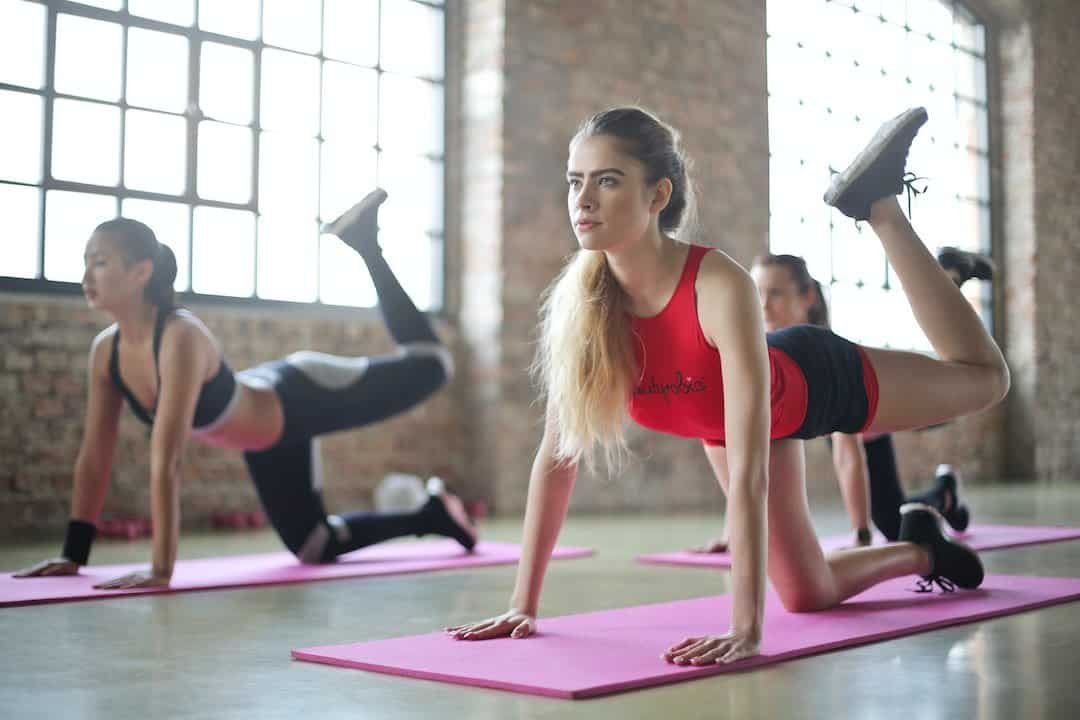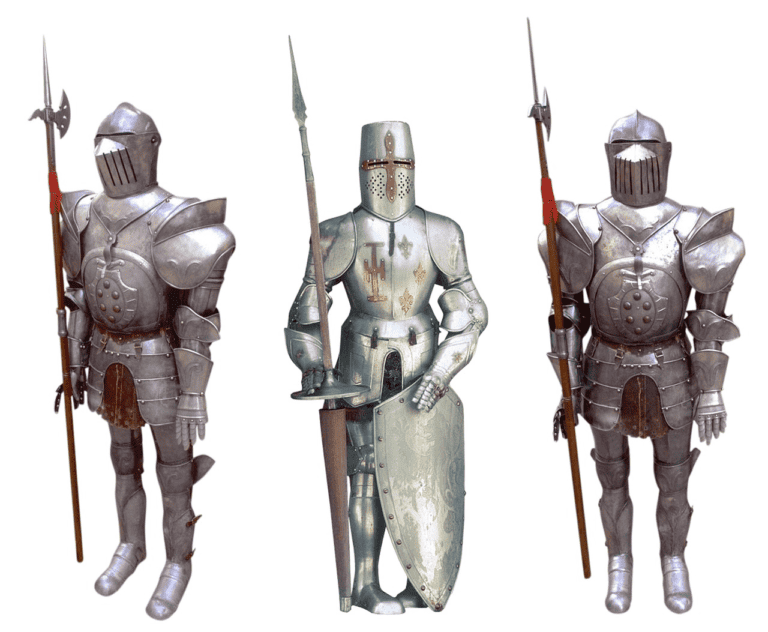Exploring Different Styles Of Yoga For Relaxation
Are you looking for a way to relax and unwind? Look no further than the world of yoga. With its gentle movements, calming meditations, and focus on mindfulness, yoga is an excellent practice for finding relaxation.
In this article, we will explore different styles of yoga that are specifically designed to promote relaxation and provide you with a sense of peace.
One style of yoga that is known for its ability to induce relaxation is Hatha Yoga. Through gentle poses and deep breathing exercises, Hatha Yoga helps to release tension in the body and calm the mind. It also incorporates meditation techniques that allow you to connect with your inner self and find a state of tranquility.
Another style worth exploring is Yin Yoga. This practice involves holding poses for an extended period of time, allowing for a deep stretch in the muscles while promoting increased flexibility. By focusing on slow movements and deep breathing, Yin Yoga encourages a sense of stillness and relaxation in both the body and mind.
Key Takeaways
- Hatha, Yin, Restorative, Kundalini, and Vinyasa Yoga are different styles of yoga that can promote relaxation.
- These styles incorporate various techniques such as gentle poses, deep stretching, breathwork, meditation, and flowing movement to induce a state of relaxation.
- Yoga helps release physical tension, reduce stress levels, and cultivate mental clarity.
- Practicing yoga can lead to profound relaxation, increased flexibility and strength, and a heightened sense of mindfulness.
Hatha Yoga: Finding Relaxation Through Gentle Movements and Meditation
If you’re looking for a way to unwind and find inner peace, Hatha yoga is the perfect practice for you. This style of yoga focuses on finding peace through breathwork and mindfulness. By paying attention to your breath and bringing awareness to the present moment, you can let go of stress and tension in your body and mind.
Hatha yoga offers gentle movements that help release physical tension, promoting relaxation and a sense of calm.
One of the main ways Hatha yoga helps you find relaxation is through its emphasis on breathwork. The practice encourages deep, slow breathing, which activates the parasympathetic nervous system – responsible for rest and digestion. As you focus on your breath during each pose, you bring your attention away from external distractions and into the present moment. This mindful breathing helps calm your mind, reduce anxiety, and promote relaxation.
In addition to breathwork, Hatha yoga incorporates gentle poses that are specifically designed for stress relief. These poses involve slow movements that stretch and release tension in different areas of your body. For example, forward folds like Uttanasana allow you to surrender any physical tightness in your back or hamstrings. Child’s pose (Balasana) gently stretches your hips while calming your nervous system at the same time.
By practicing these poses with conscious awareness of your breath, you can experience deep relaxation throughout your entire body.
Overall, Hatha yoga is a wonderful practice for anyone seeking relaxation and inner peace. Through its focus on breathwork and gentle poses designed for stress relief, this style allows you to find stillness within yourself amidst the chaos of daily life. So if you’re looking to unwind after a long day or simply want to cultivate more tranquility in your life, give Hatha yoga a try – it may just be exactly what you need!
Yin Yoga: Deep Relaxation and Increased Flexibility
Yin Yoga offers a unique opportunity to achieve deep relaxation and improve flexibility. By focusing on long-held, passive stretches, Yin Yoga targets the connective tissues in the body, such as ligaments and tendons, allowing for deep stretching that can increase your range of motion over time.
The practice encourages surrendering to stillness and embracing the present moment, creating an environment conducive to relaxation and introspection.
To help you visualize the experience of Yin Yoga, imagine yourself lying on your mat in a dimly lit room. As you settle into a pose, you feel your muscles gradually release tension as you sink deeper into the stretch. Your breath becomes slow and steady, syncing with the gentle music playing in the background. The sensation of surrendering to stillness washes over you, bringing a sense of calm and tranquility.
During Yin Yoga, you might find yourself holding poses for several minutes at a time. This extended duration allows for both physical and mental release. As you hold each pose, envision your body melting into it like warm honey dripping off a spoon. Feel the gentle pull of gravity inviting your muscles to relax even further as you let go of any resistance or tension. With each passing minute, notice how your body gradually opens up and becomes more flexible.
Incorporating Yin Yoga into your wellness routine can have profound effects on both your physical and mental well-being. The deep stretching helps release stored tension in the body while also increasing flexibility over time.
Through surrendering to stillness during this practice, you create space for self-reflection and inner peace. So next time you’re looking for an opportunity to unwind and improve flexibility simultaneously, consider giving Yin Yoga a try – it may just become one of your favorite ways to relax!
Restorative Yoga: Nurturing the Body and Mind
Restorative yoga is like a warm and comforting hug for your body and mind. Unlike other forms of yoga that focus on active movement and strength building, restorative yoga emphasizes relaxation and rejuvenation. It is the perfect practice for those who are seeking deep rest and stress relief. By using nurturing poses and relaxation techniques, restorative yoga allows you to fully surrender into each posture, supporting your body with props such as blankets, bolsters, and blocks.
One key aspect of restorative yoga is the use of nurturing poses. These poses are designed to gently stretch and open up the body, promoting a sense of ease and release. They help to release tension in tight muscles while also improving flexibility. Some common nurturing poses include Child’s Pose, where you kneel down with your forehead resting on the ground; Legs-Up-The-Wall Pose, where you lie on your back with your legs extended up against a wall; and Supported Bridge Pose, where you place a bolster or rolled-up blanket under your pelvis for support.
In addition to nurturing poses, restorative yoga incorporates various relaxation techniques to promote a calm state of mind. This includes deep breathing exercises, meditation, and guided imagery. The combination of these techniques helps to activate the parasympathetic nervous system, which is responsible for triggering the body’s relaxation response. As a result, restorative yoga can be highly effective in reducing stress levels and promoting overall well-being.
Through the use of nurturing poses and relaxation techniques, restorative yoga offers an opportunity to slow down, unwind, and nurture both the body and mind. It provides a sanctuary from our fast-paced lives by allowing us to pause and reconnect with ourselves on a deeper level. So if you’re looking for a practice that will leave you feeling relaxed, restored, and nurtured from within – give restorative yoga a try!
Kundalini Yoga: Awakening Inner Energy and Promoting Relaxation
Kundalini Yoga is like a gentle wake-up call for your inner energy, inviting relaxation and balance into your life. This style of yoga focuses on awakening the dormant energy at the base of your spine, known as Kundalini.
By practicing specific postures, breathing techniques, and meditation, you can tap into this powerful source of energy and experience profound relaxation.
In Kundalini Yoga, there are two main components that promote the awakening of inner energy and relaxation. The first component is the use of physical postures or asanas. These postures are designed to stimulate different areas of the body and activate specific energy centers known as chakras. By moving through these postures with intention and awareness, you can release tension in your muscles and encourage the flow of energy throughout your body.
The second component is focused on breathwork or pranayama. Kundalini Yoga incorporates various breathing techniques to enhance relaxation and deepen your connection to your inner self. One popular technique is called Breath of Fire, where you rapidly inhale and exhale through your nose while engaging your abdominal muscles. This rhythmic breathing pattern helps to clear stagnant energy from the body and awaken vitality within.
With regular practice, Kundalini Yoga can help you awaken your inner energy while promoting deep relaxation in both mind and body. It offers a unique approach to yoga that combines physical movement with breathwork and meditation to create a holistic experience. By incorporating these practices into your routine, you can cultivate a sense of balance, peace, and rejuvenation in your daily life.
So why not give it a try? Embrace this ancient practice today and unlock the power within yourself for ultimate relaxation.
Vinyasa Yoga: Flowing Movement and Mindfulness for Relaxation
By embracing the fluidity of movement and cultivating mindfulness, Vinyasa Yoga invites a state of deep relaxation and connection within.
In Vinyasa Yoga, the focus is on synchronized movements with breath, creating a seamless flow from one pose to another. This flowing movement not only helps to release tension in the body but also allows for a calming and meditative experience.
Vinyasa Yoga encourages practitioners to be fully present in each moment through mindful awareness. By bringing attention to the breath and linking it with movement, this style of yoga promotes a heightened sense of mindfulness. As you flow through different poses, you become more attuned to your body’s sensations and thoughts, inviting a deeper connection with yourself.
The combination of flowing movement and mindfulness in Vinyasa Yoga can lead to profound relaxation both physically and mentally. The continuous transitions between poses help release stagnant energy in the body while promoting flexibility and strength. The practice also cultivates mental clarity as you learn to let go of distractions and focus solely on the present moment.
Through this mind-body integration, Vinyasa Yoga offers a powerful tool for achieving deep relaxation and inner calmness.
Conclusion
In conclusion, exploring different styles of yoga can be a transformative journey towards relaxation and inner peace. By incorporating Hatha Yoga into your practice, you can find solace through gentle movements and meditation. The combination of physical postures and mindful breathing techniques allows for a deep sense of relaxation to wash over you.
Yin Yoga offers a unique approach to relaxation by targeting the connective tissues in the body. Through long-held poses, this style of yoga promotes increased flexibility while simultaneously allowing for deep rest and rejuvenation. It’s a beautiful way to release tension and find stillness within yourself.
Restorative Yoga provides nurturing support for both the body and mind. By using props such as bolsters, blankets, and blocks, this style encourages complete surrender and relaxation. Through gentle stretching and deep breathing exercises, Restorative Yoga helps to restore balance in your life.
Kundalini Yoga awakens your inner energy and promotes relaxation through dynamic movements, breathwork, chanting, and meditation. This powerful practice helps to release blocked energy within the body, leaving you feeling refreshed and renewed.
Vinyasa Yoga incorporates flowing movement with mindfulness for ultimate relaxation. This dynamic style synchronizes breath with movement as you flow from one pose to another. The continuous motion creates a meditative state that calms the mind and releases tension from the body.
Incorporating these different styles of yoga into your routine can bring about profound relaxation in both your physical body and mental state. So take some time out for yourself today – grab your mat, find a quiet space, close your eyes…and let go of all that no longer serves you.
Remember: Relaxation isn’t an indulgence; it’s a necessity in our fast-paced world where stress seems never-ending. Make self-care a priority by exploring these various styles of yoga – you deserve it!







